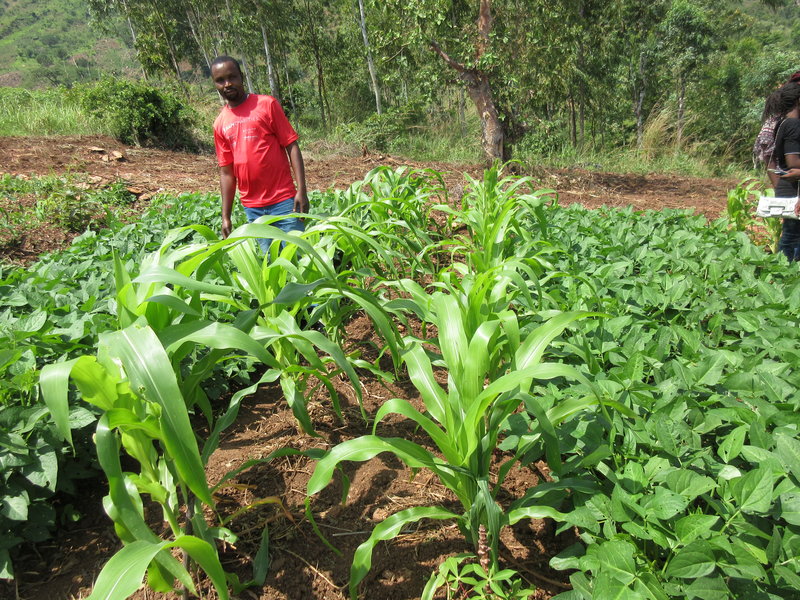EDN Issue 140 - Now Available
Publié
2018-07-18
In this issue:
- Farmer Field School Trials of 2:4:2 Maize/Legume Intercropping
- Laurel Wilt Disease: "Save the Guac!"
- Echoes from our Network: Metal silos for grain storage
- From ECHO's Seed Bank: Culantro
- Let’s Restore Our Land and Farming for Change curriculum
Farmer Field School Trials of 2:4:2 Maize/Legume Intercropping
By: Tim Motis, Biriori Dieudonne, and Robert Morikawa
Excerpt: Farmers often struggle to maintain the productive capacity of their soils, especially where they lack enough land for a fallow (rest) period between crops. Leguminous green manure/cover crops (GMCCs) can help; in association with rhizobial bacteria, legumes convert nitrogen from the air into a form that plants can use. Many tropical legumes have deep, extensive root systems that can take up nutrients which leach past the root zones of other crops. Thus, even on poor soil, they can produce an abundance of nutrient-rich, plant-based mulch. When left on the field, this mulch builds soil organic matter and fertility. Legumes also help suppress weeds and, depending on the species, produce beans and foliage for human and/or animal consumption. While these benefits are well-recognized, the benefit of GMCCs to small-scale farmers depends on how well they are integrated into smallholder cropping systems (see BPN 7 for information on legume selection and planting strategies).